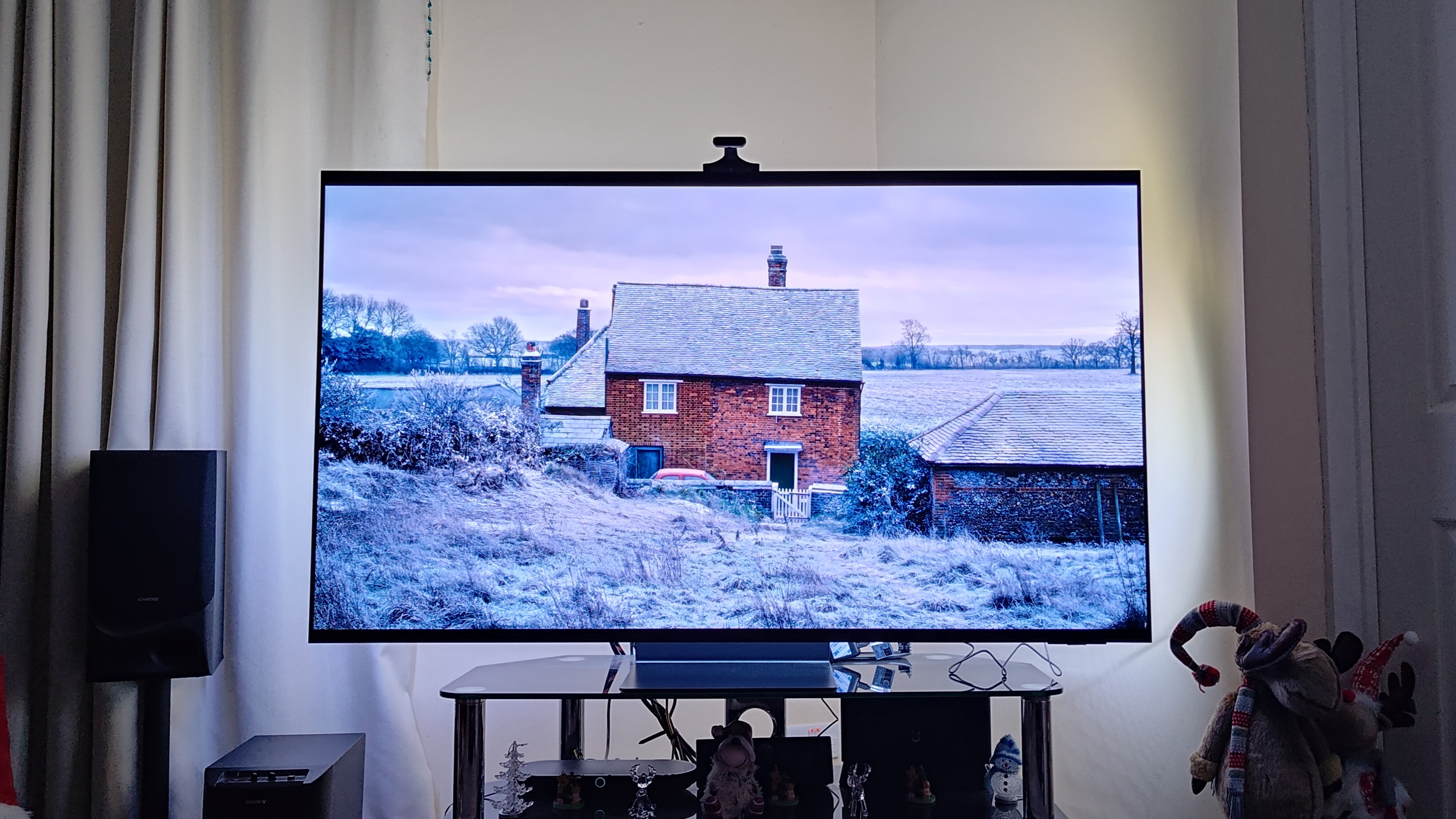Is the cassette tape a viable hi-fi format in 2025?
Revisiting the classic Nakamichi DR-3
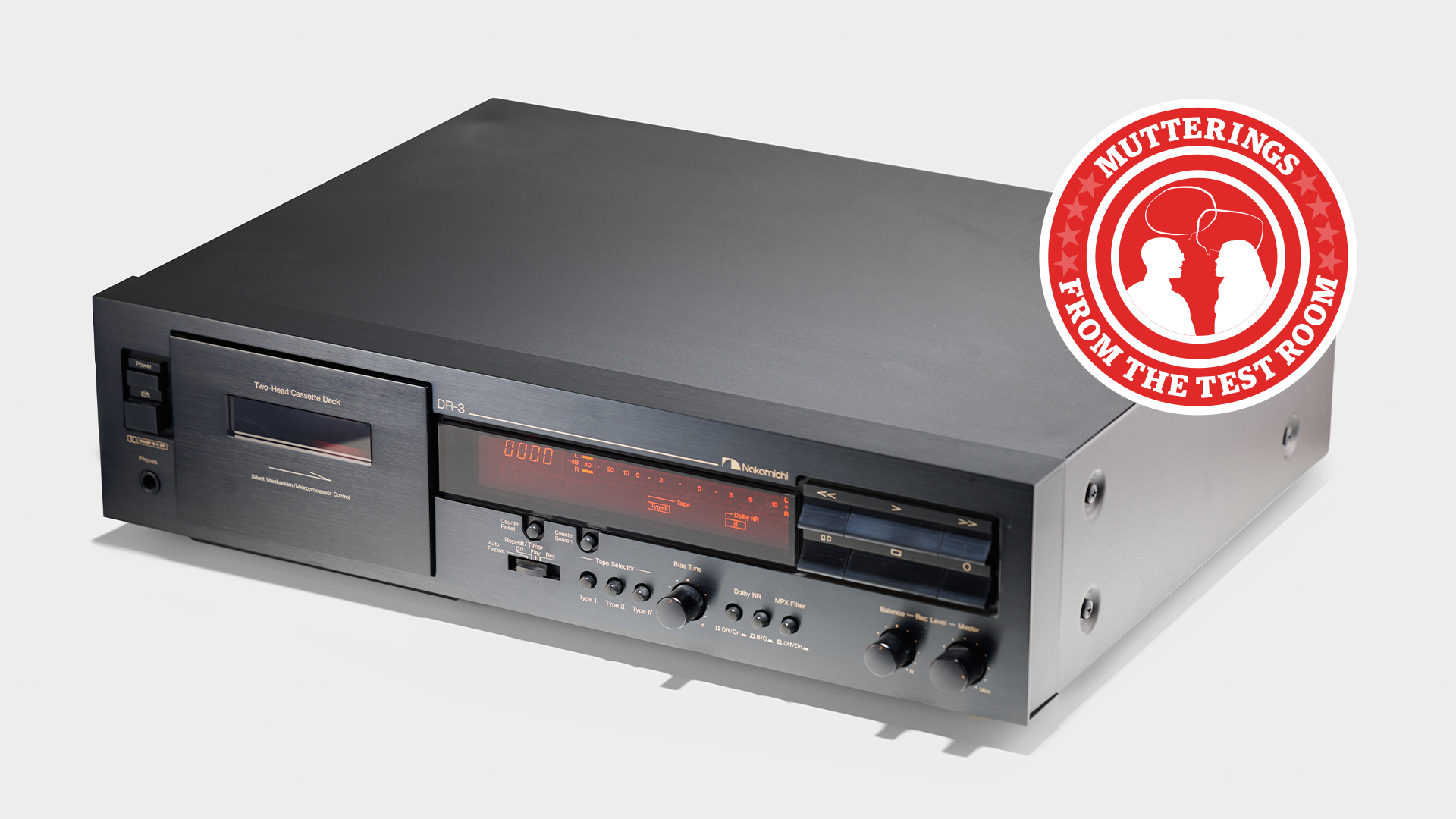
Cassettes were my gateway into hi-fi. In my early years, this was my format of choice.
Cheap, portable and robust, cassettes were way more accessible to eight-year-old me than vinyl records. I write 'robust', but that’s only in comparison to easily damaged vinyl.
Anyone familiar with the format knows that the actual tape itself can be easily damaged and is prone to getting tangled in the cassette player's mechanism all too frequently. This was particularly true for the kind of inexpensive portable machines I used back then.
As I grew older and started working part-time to fund my burgeoning hi-fi habit, those cheap portable players turned into budget separates cassette decks and ultimately led to JVC’s slightly premium KD-D4. This deck boasted proper noise reduction and a light show to savour. I was well and truly hooked.
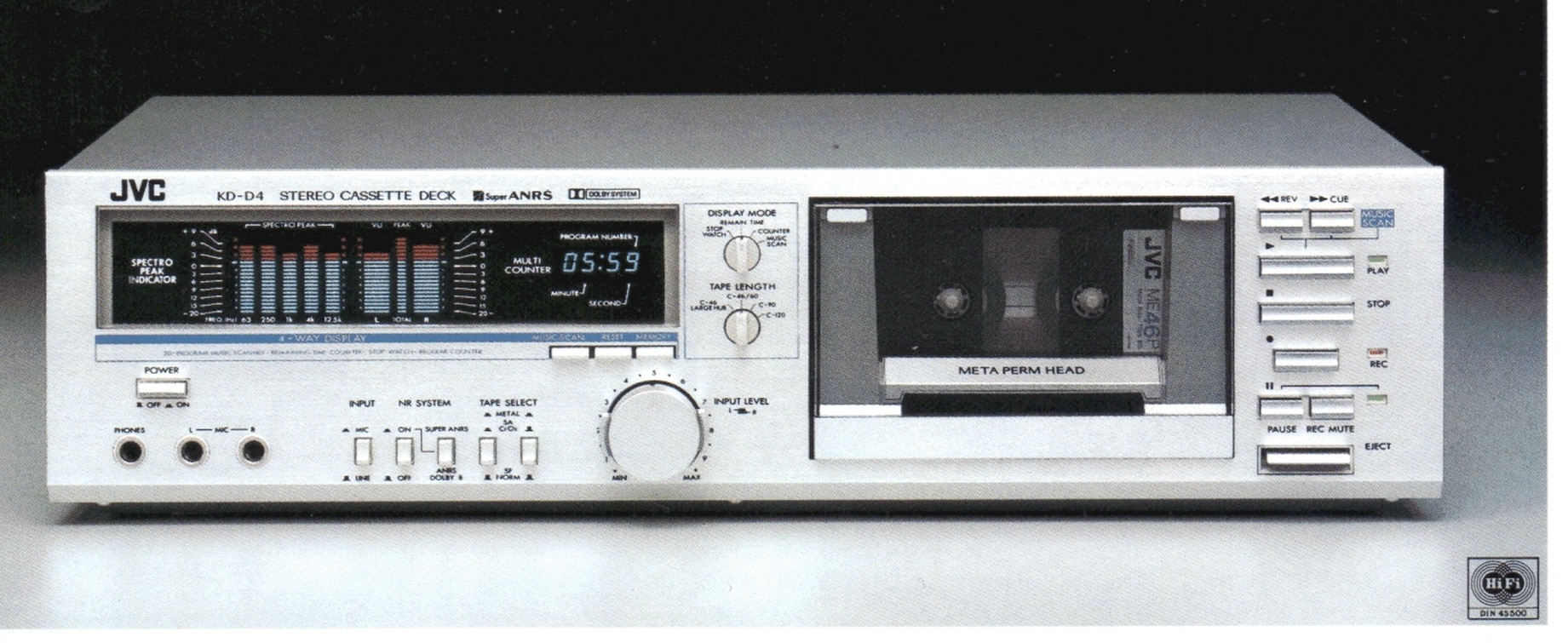
But as the years passed, my attention turned more to sound quality. My interest then focused more on playing records, and subsequently CDs. The collection of tapes gathered dust and ultimately ended up either being given away or in the bin.
It’s been well over twenty years since I last used a cassette deck in any serious way. In those early years, I used to dream of owning a machine made by Nakamichi. At the time, the Japanese brand was considered the 'Rolls-Royce' of cassette decks and had price tags to match.
Even its most affordable offerings were well beyond the reach afforded by my part-time Saturday job when I was a student. So, when Max Maud, formerly of Fyne Audio, offered What Hi-Fi? a chance to hear a fully restored Nakamichi DR-3 from the early ’90s, I couldn't resist.
The latest hi-fi, home cinema and tech news, reviews, buying advice and deals, direct to your inbox.
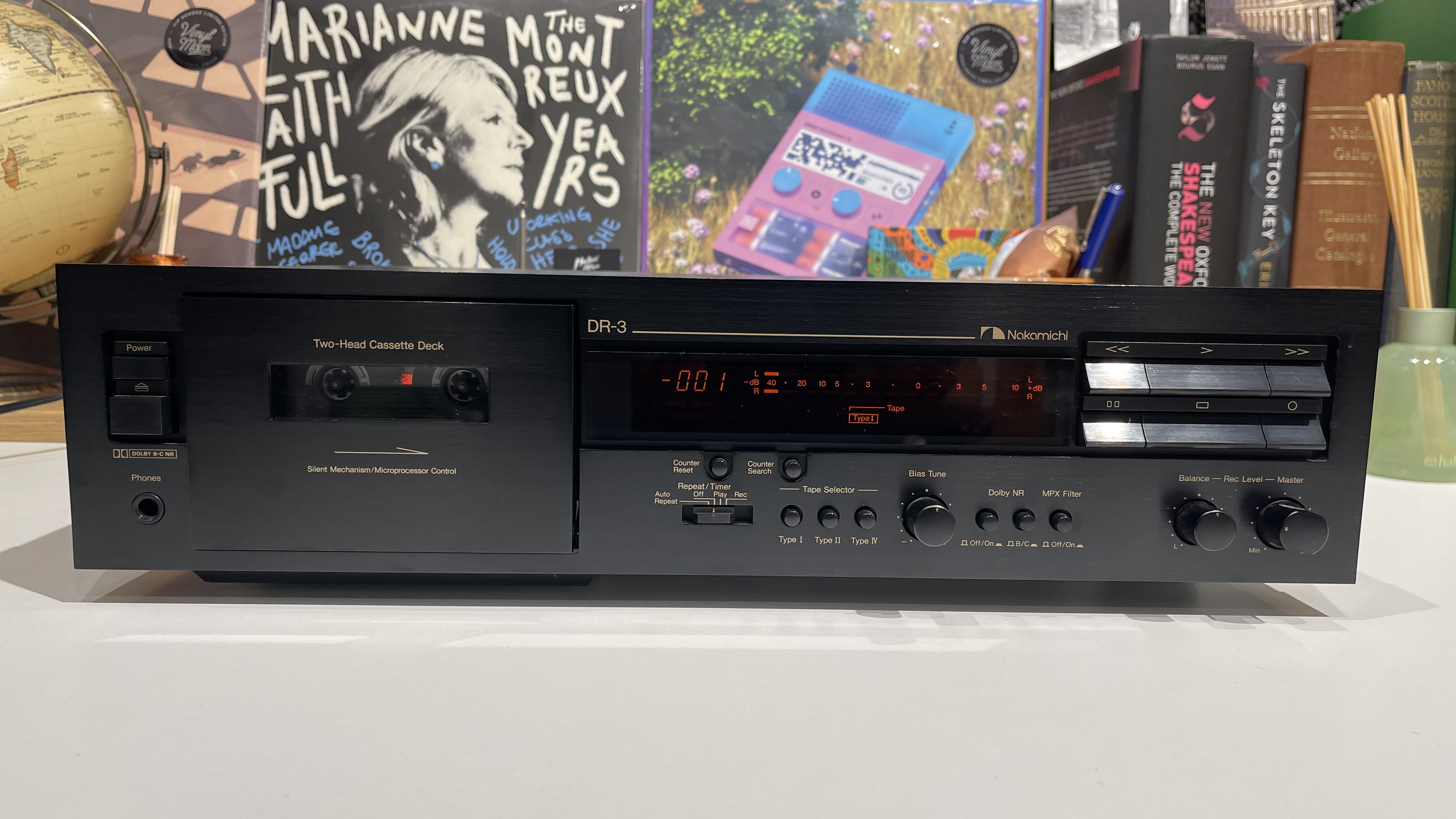
The DR-3 was the brand’s entry-level offering, costing just over £300 at the time. It may be a relatively basic deck in specification, lacking the 3-head capability and myriad of tape optimisation functions of range-toppers such as the Dragon or ZX-9, but it’s still a Nakamichi. The engineering ethos of the brand is very much evident in its function-first approach.
I used the DR-3 on a semi-regular basis over the best part of a month, and it was so much fun. I had forgotten just how noisy the cassette format was. The Nakamichi’s transport is way slicker than most, but it's still a wholly mechanical affair that clunks into action and whines with conviction as I press Forward or Rewind.
That noise extends to tape hiss, too, though by the time this deck arrived, Dolby B and C were both well established. These are noise reduction systems that reduce tape hiss by 10dB and 20dB, respectively. Dolby C is the more modern of the two and also claims to improve the format's high-frequency performance with some clever processing.
I plugged the Nakamichi DR-3 into What Hi-Fi?'s usual reference system of Burmester 088/911 MkIII amplifier and ATC SCM50 speakers, and tried some old pre-recorded tapes first. These were Unknown Territory by Bomb The Bass and No Way Out by Dee Dee Wilde. The results were disappointing, to put it mildly.
The sound was a soft, undynamic mush. Detail levels were far below those I routinely hear from budget digital portable hi-res music players, and there were big issues at both frequency extremes. The treble is blunted into submission, while the bass lacks any form of grip or definition.
Things are better in the middle, with voices retaining some of their articulation and expression, but overall, I had hoped for more. That said, I’m happy to accept that this could well be due to the age of the tapes (both being the best part of 40 years old) and tape degrades over time.

So I decided to make some recordings of my own on a newly bought TDK SA90 cassette, using Cyrus’ 40 CD disc player as the source. It took a bit of experimentation to fine-tune the recording level – too low and the dynamic range suffers, while too high distorts the recording.
Once that was optimised, I recorded sections of tracks in Dolby B, Dolby C and without noise reduction. The source CDs included Radiohead's OK Computer, De La Soul's 3 Feet High and Rising and Holst's The Planets suite.
This is more like it. The recordings made on the Nakamichi sound far better. They are notably clearer and pack in much more detail. Those troublesome frequency extremes are handled better, with the DR-3 now sounding more musical and engaging. This was more of the kind of sound I was hoping for.
The recordings made with Dolby C sound cleaner and more precise, while those made without any noise reduction have a lovely fluency, but also suffer from tape hiss. The hiss, such as it is, only really intruded on my listening experience with the more dynamically varied classical music. Even then, I didn't mind it too much.
There are still shortcomings, though. How could there not be, in a format that was originally invented by Philips for voice recordings and portability? Compared to the original source, the recordings lose out on clarity, resolution, dynamic expression and speed stability. Rhythmic drive, in particular, suffers.
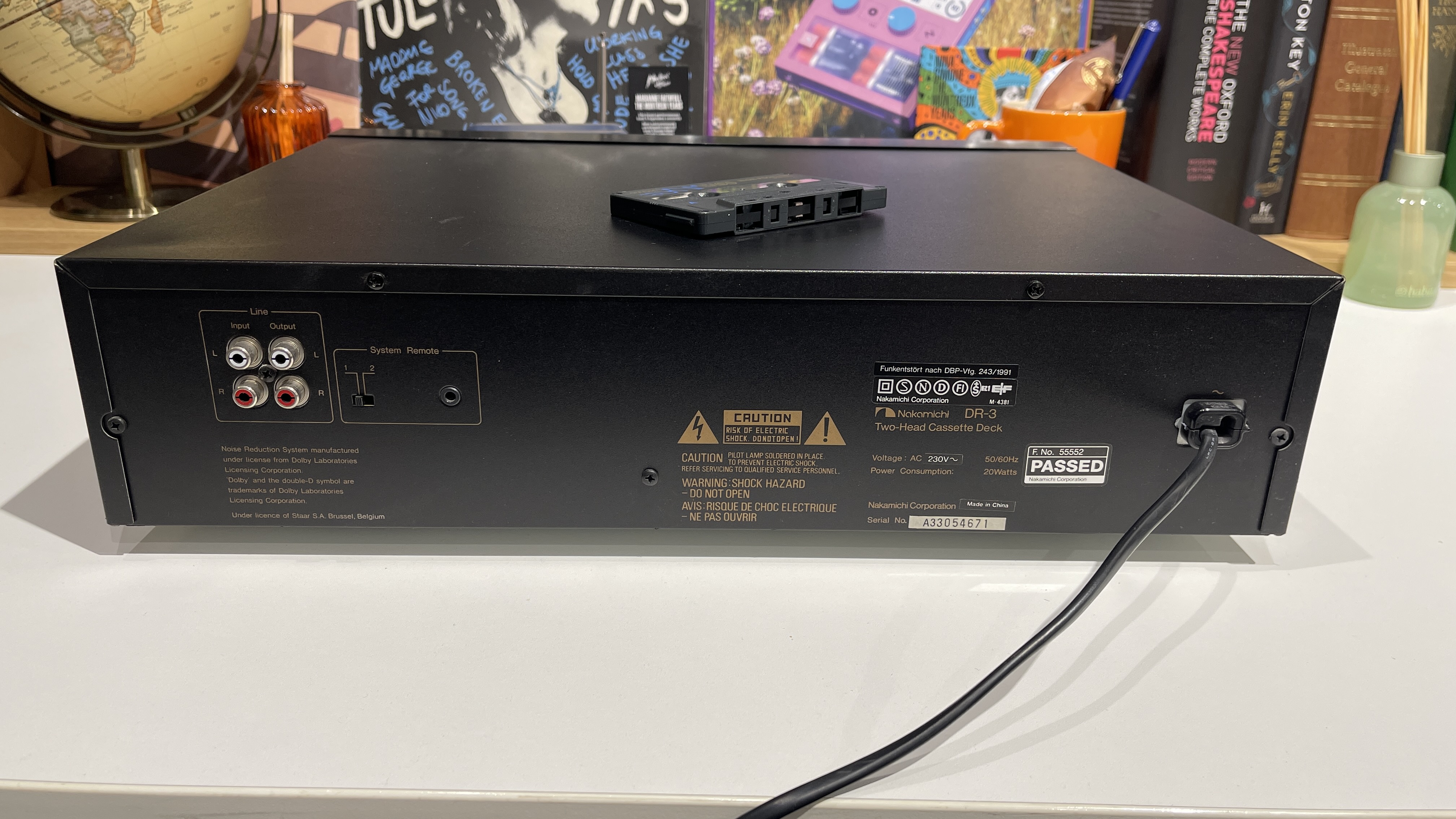
On a practical level, I had forgotten just how annoying it is not to be able to skip tracks easily. With tape, you have to spool forwards or backwards and guess where the start is. Some more advanced machines had a music search feature that could locate gaps in the music signal, but if you used this often, there is a penalty in tape head wear.
Still, I had so much fun trying out the Nakamichi DR-3. I love its mechanical nature, the way it clunks into action. There is something very hands-on about it that makes any digital player seem so anonymous.
There is no denying that by today's standards, the cassette is a severely flawed and limited format. Maybe the range-topping Nakamichis (or their premium rivals) push the performance boundaries of the format enough to be considered true hi-fi in 2025, but I suspect not.
Time has moved on, and for me at least, cassette has been left well behind. The strange thing is, I still got a buzz from using it.
MORE:
They say you should never meet your heroes, but hearing my 5 hi-fi idols was far from disappointing
The 10 most valuable vinyl records sold on Discogs last month (July 2025)

Ketan Bharadia is the Technical Editor of What Hi-Fi? He has been reviewing hi-fi, TV and home cinema equipment for almost three decades and has covered thousands of products over that time. Ketan works across the What Hi-Fi? brand including the website and magazine. His background is based in electronic and mechanical engineering.
You must confirm your public display name before commenting
Please logout and then login again, you will then be prompted to enter your display name.
